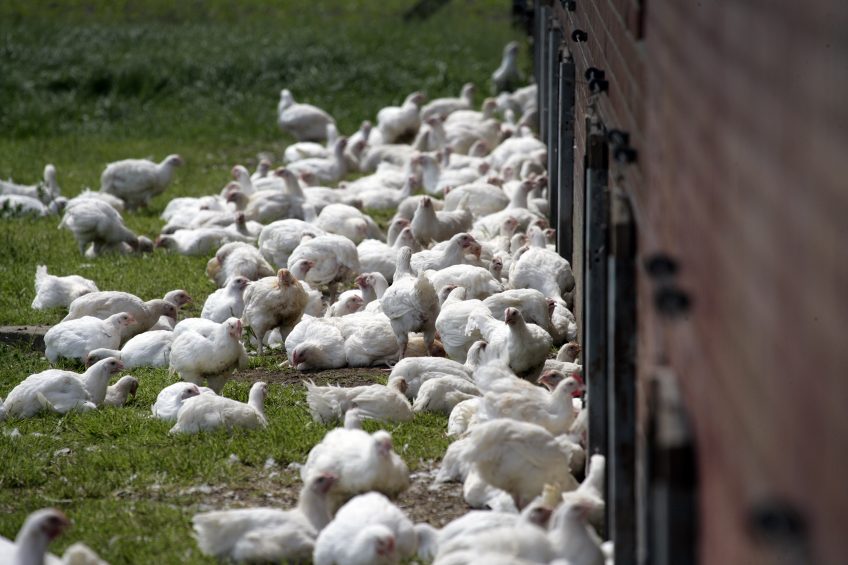Effects of free-ranging on meat taste in slow-growing birds

Demand for meat from free-range broiler chickens is increasing. Consumers believe that free-range access is important for broiler chicken welfare. However, welfare is not the only driver.
Studies have shown that when buying chicken meat, product attributes such as healthiness, quality and taste are as important as welfare.
Organic poultry products are percieved superior
Animal welfare is seen as an indicator for some of these other product attributes and organic animal products are often perceived to be superior in these aspects. Organic production systems for broilers provide free-range access, but also use slower-growing hybrids.
Breed influenced meat quality
The choice of breed can influence meat quality parameters such as tenderness, regardless of the production system used.
Free-range access influences meat taste
Free-range access may influence quality, composition, and taste of broiler chicken meat, because the animals are likely to exercise more and have access to fresh and diverse plant and animal food sources. The effects of free-range access on meat quality, composition and taste has been studied, but results are not consistent.
Free-range access can also influence production parameters such as body weight, feed intake and feed conversion ratio. A possible reason is that as free-range chickens, although studies show that only 5 to 11% of the animals being outside at any given moment, get more exercise, resulting in a lower body weight at slaughter and a higher feed conversion ratio.
Free-range: Bad for slaughter weight – good for meat taste
In the current experimental setup, it was attempted to increase free-range use by providing different types of shelter. As shelter has been shown to be an important determinant of free-range use. It was investigated whether differences in production performance, quality, composition or taste of breast meat could be observed from chickens either kept indoors or given access to either grassland with artificial shelter or short-rotation coppice with willows to stimulate free-range use. Three groups of slow growing broilers were raised indoors, had free-range access to grassland with artificial shelter or had free-range access to short-rotation coppice with willow. Free-range use, feed intake, and growth were monitored, and after slaughter (d72) meat quality, composition, and taste were assessed. Overall, free-range access negatively affected slaughter weight, but positively affected meat quality, taste, and composition.









